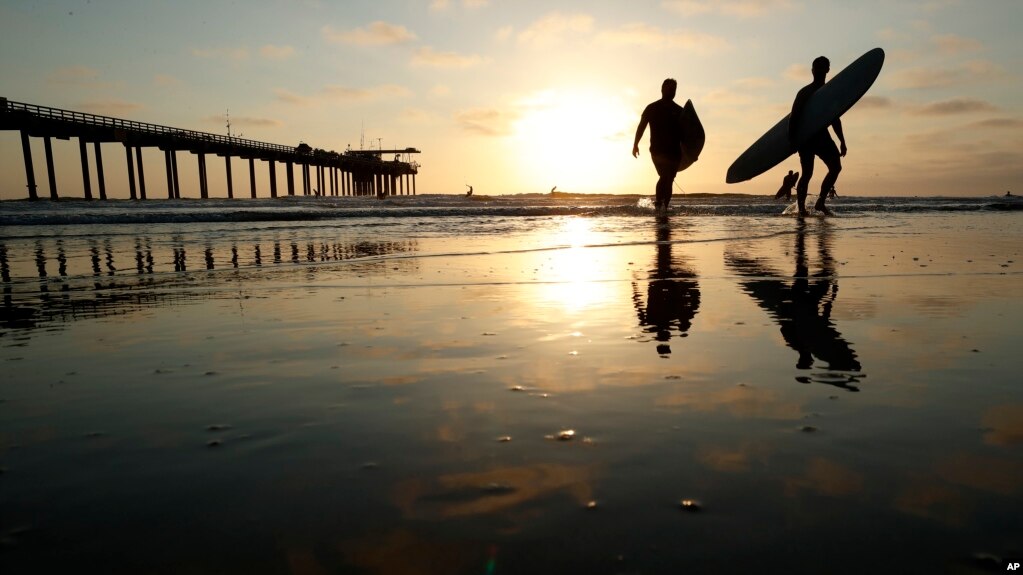Emmett
Active Member
Newsflash April 9, 2007
Freezing tempatures have blanketed the nation this morning covering almost the entire continent of North America. Snow is falling right now over a larger area than EVER IN THE HISTORY OF MANKIND for April 9th since records were kept. The Easter Bunny's pecker is frozen into a permanent woody.
As of 5:00 am this morning more area has accumulated snow than EVER IN HISTORY for this date.
Farmers report the loss of more crops especially citrus products than in any year of record this past winter.
Frigid tempatures have covered the nation this morning and it is snowing everywhere. The midwest is covered. Wyoming interstates are closed and considered too trecherous to travel. New Mexico has as much as a foot of snow in some places and folks who NEVER see snow have it this morning.
Al Gore's residence has the thermostat set at 80 degrees in all 32 rooms this morning and I suspect his jet crew will have to take extreme precautions against icing to see that his private jet functions properly today for when he takes it around to warn everyone about global warming on Monday after he flies it to relatives houses for Easter. I understand he phoned John Edwards earlier this morning to inquire as to how he is warming his big phat palace as well.
One might note that Phoenix, Arizona (the nation's warmest metropolis) experienced it's lowest average high temps in 50 years last year. This was also true for many other cities in the US.
The 5 major hurricanes that were predicted to kill hundreds of Americans, well, didn't happen. As a matter of fact not one single hurricane made landfall in the US last year. Not ONE!!!!!! This doesn't lend much credibility to the scare tactics used by so called "experts" does it?
Poor Easter Bunny!
Freezing tempatures have blanketed the nation this morning covering almost the entire continent of North America. Snow is falling right now over a larger area than EVER IN THE HISTORY OF MANKIND for April 9th since records were kept. The Easter Bunny's pecker is frozen into a permanent woody.
As of 5:00 am this morning more area has accumulated snow than EVER IN HISTORY for this date.
Farmers report the loss of more crops especially citrus products than in any year of record this past winter.
Frigid tempatures have covered the nation this morning and it is snowing everywhere. The midwest is covered. Wyoming interstates are closed and considered too trecherous to travel. New Mexico has as much as a foot of snow in some places and folks who NEVER see snow have it this morning.
Al Gore's residence has the thermostat set at 80 degrees in all 32 rooms this morning and I suspect his jet crew will have to take extreme precautions against icing to see that his private jet functions properly today for when he takes it around to warn everyone about global warming on Monday after he flies it to relatives houses for Easter. I understand he phoned John Edwards earlier this morning to inquire as to how he is warming his big phat palace as well.
One might note that Phoenix, Arizona (the nation's warmest metropolis) experienced it's lowest average high temps in 50 years last year. This was also true for many other cities in the US.
The 5 major hurricanes that were predicted to kill hundreds of Americans, well, didn't happen. As a matter of fact not one single hurricane made landfall in the US last year. Not ONE!!!!!! This doesn't lend much credibility to the scare tactics used by so called "experts" does it?
Poor Easter Bunny!








